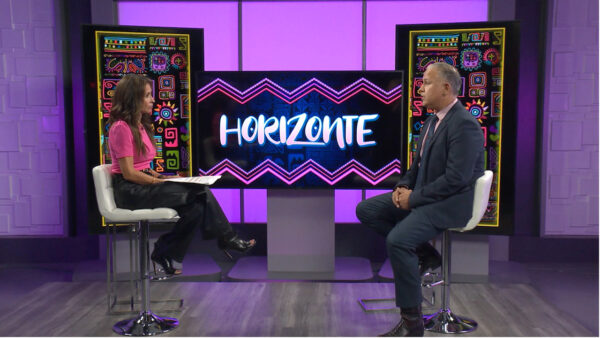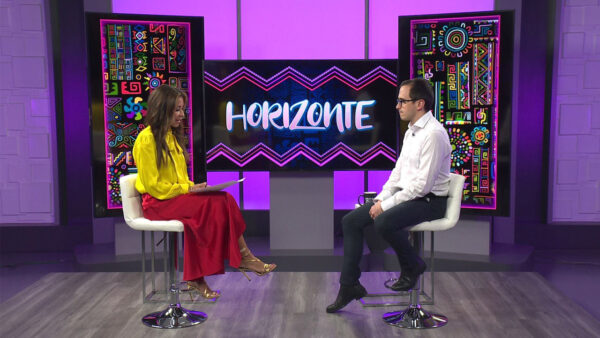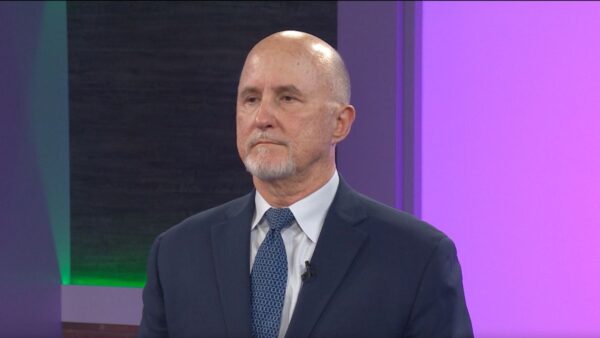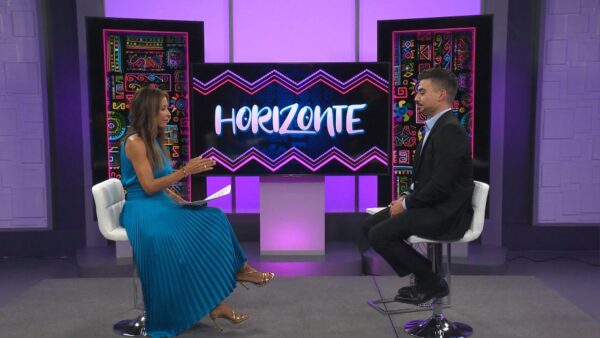Addressing low-enrollment of Hispanic engineering students
Oct. 7, 2023
A report from the American Society for Engineering Education found that only 9% of masters degrees and 7% of doctoral degrees in engineering go to Hispanics. The lack of Hispanic engineering students was obvious to Arizona State University doctoral engineering student David Flores Prieto, who studied in Mexico and England.
He is now advocating to encourage more Hispanics to consider engineering as a career. We talked with Prieto about his efforts, and we also heard from Alondra Davila, one of the students participating in Prieto’s lab. Davila is a first-generation college student.
“Growing up, I always adored my science and math classes. I always thought they were a lot of fun. I am hoping to go into research and development in the future,” Davila said. “I don’t feel like I had a lot of guidance or somebody pushing me towards engineering. That would have been really great to have in high school.”
Prieto said because he attended school in Mexico, he was surrounded by Hispanics, and his school made efforts to bring in international professors to his university.
“Once I started my masters studies in London – it’s a huge university, but half of the population were international students, and there was actually a small society that was just the Mexican student society,” Prieto said. When he came to ASU, he noticed the low number of Hispanic students enrolling into engineering.
In addressing the underrepresentation of Hispanic and Latino students in STEM, Prieto highlighted the pivotal role of early mentorship. He believes reaching out to young minds and igniting passion for STEM is essential. “There’s a lot of grassroots efforts that needs to be done. Programs often focus on students further along their educational journey, but inspiring them from a young age is the key,” Prieto said.
Prieto’s commitment to bridging the gap extends to grassroots initiatives. He actively participates in two programs: one with his undergraduate alma mater in Mexico, where he mentors senior undergraduates considering international graduate studies or research careers, and the other, is the Letters to a Pre-Scientist program aimed at connecting STEM professionals with K-12 students.
For those eager to become mentors themselves, Prieto directs them to the Letters to a Pre-Scientist program. The annual recruitment during the spring semester is a straightforward process, involving an online questionnaire and training on how to interact effectively with young students.
“For instance,” Prieto said, “when I came to ASU, I never knew there was a whole building that does missions for NASA. There are missions that are commanded by ASU for NASA. If young kids knew that, that across the street, if you live here in Arizona and you go to ASU, you have the chance and the opportunity to work with equipment that has been on Mars or the moon [more students would enroll].




















